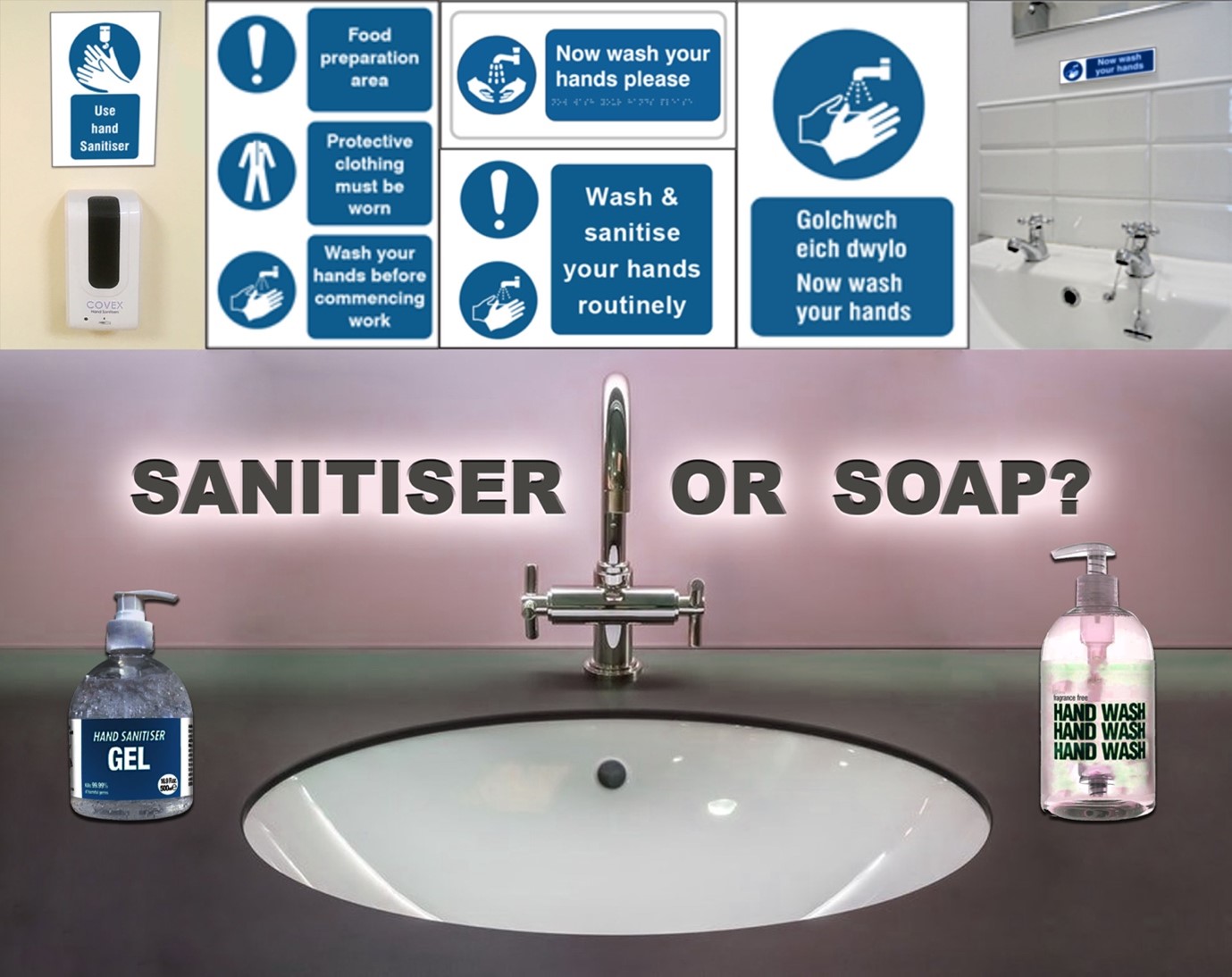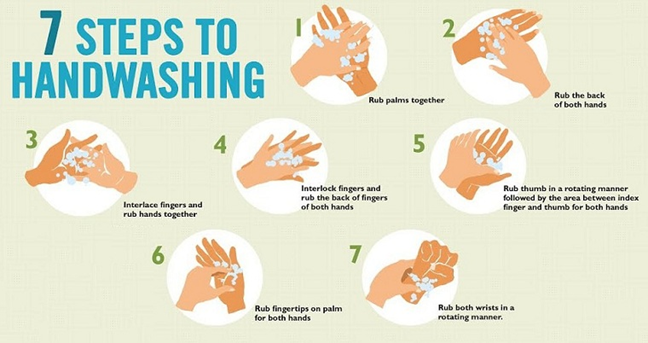
Most people wash their hands without thinking about it. This can be a good thing, as regular handwashing works best when it’s a habit. However, the COVID-19 pandemic made it apparent that many of us weren’t washing our hands properly – or often enough.
Over the past 18 months, handwashing has been vital protection for many; it has kept people safe, healthy and infection-free. Now, with many workplaces having re-opened, following safe handwashing practices is important to safeguard staff and customers.
Below, we discuss how to wash hands properly, the types of handwashing available and how you can help enforce the practice in your workplace.
Why is Hand Hygiene Important?
According to the CDC, handwashing can help reduce the onset of respiratory illness by 16-21%. It can also reduce sickness bugs by 23-40%, and this number rises to 58% for those with compromised immune systems. So, as we enter the cold and flu season, UK businesses must enforce strong handwashing protocols.
There are industry-specific laws when it comes to handwashing, but there isn’t a catch-all law for all businesses. Regulated, essential industries like medicine have their own internal cleanliness rules, for example.
However, the HSE still outlines advice for all British businesses. The recommendations are that all organisations provide the following:
- Handwashing facilities with clean, running water.
- Sanitisation stations in key, high-traffic areas.
- Sanitiser for those handling deliveries.
If you provide the above and inform staff about proper handwashing, then you should see a reduction in illness, especially cold, flu and COVID-19.
How to Wash Hands Properly: The Seven Steps
Supplying the correct facilities goes hand in hand with following the guidance for effective handwashing. The NHS has set this out in seven easy steps. You may see some variation on these steps, but typically, these are the key seven steps of washing hands. After applying soap and water, simply:
- Rub the palms together.
- Rub the back of both hands.
- Interlace fingers and rub hands together.
- Interlock fingers and rub the back of both hands.
- Rub thumb in a rotating manner, followed by the area between the index finger and thumb.
- Rub fingertips on the palm of both hands.
- Rub wrists in a rotating manner.
Below is an NHS approved visual:

After this, rinse well with water and dry properly. Make sure you wash your hands for long enough, too. Many are familiar with the “Happy Birthday” handwashing technique, which is a decent rough rule. Sing the song to yourself twice while washing your hands, and it should last around 20 seconds, which is the recommended time.
Types of Handwashing
In medical circles, there are three types of handwashing:
- General handwashing – What this blog post has discussed. This refers to regular handwashing with soap and water.
- Antiseptic handwashing – This refers to a specific type of handwashing with antimicrobial soap and water. This is important for nurses and other medical staff.
- Surgical hand antiseptic – This refers to high-level, granular handwashing using surgical hand scrub. This makes hands completely sterile and must be done before surgery.
Overall, most people will be using general handwashing in their day-to-day lives.
How Do Labels and Signs Help With Handwashing?
The HSE also heavily recommends the use of signs and labels to enforce a handwashing policy. To quote, the HSE asks businesses to “consider using signs and posters to help your workers practise good handwashing technique”.
As with most labels and signs, they play a vital role in reminding workers to stay vigilant when handwashing. Sometimes, in a fast-paced office or workplace, it can be tempting to rush parts of handwashing. Posters, labels and signs are there to stop this from happening.
Browse High-Quality, Reliable Handwashing Signs Today
At Label Source, we stock a variety of handwashing labels as part of our mandatory safety sign range.
From sanitisation signs to highlighting handwashing stations, our range ensures your workplace can stay COVID-19 safe. To complement this, we recommend browsing our social distancing signs too.
For everything else, follow our Twitter for the latest safety news.